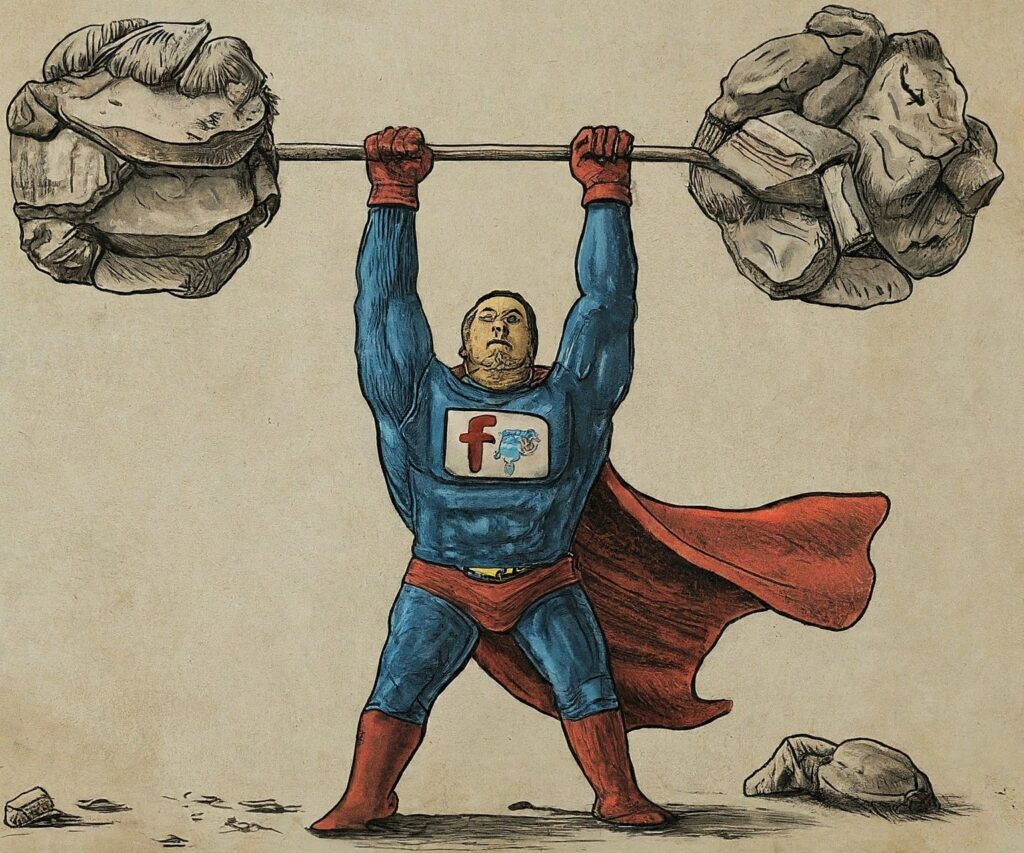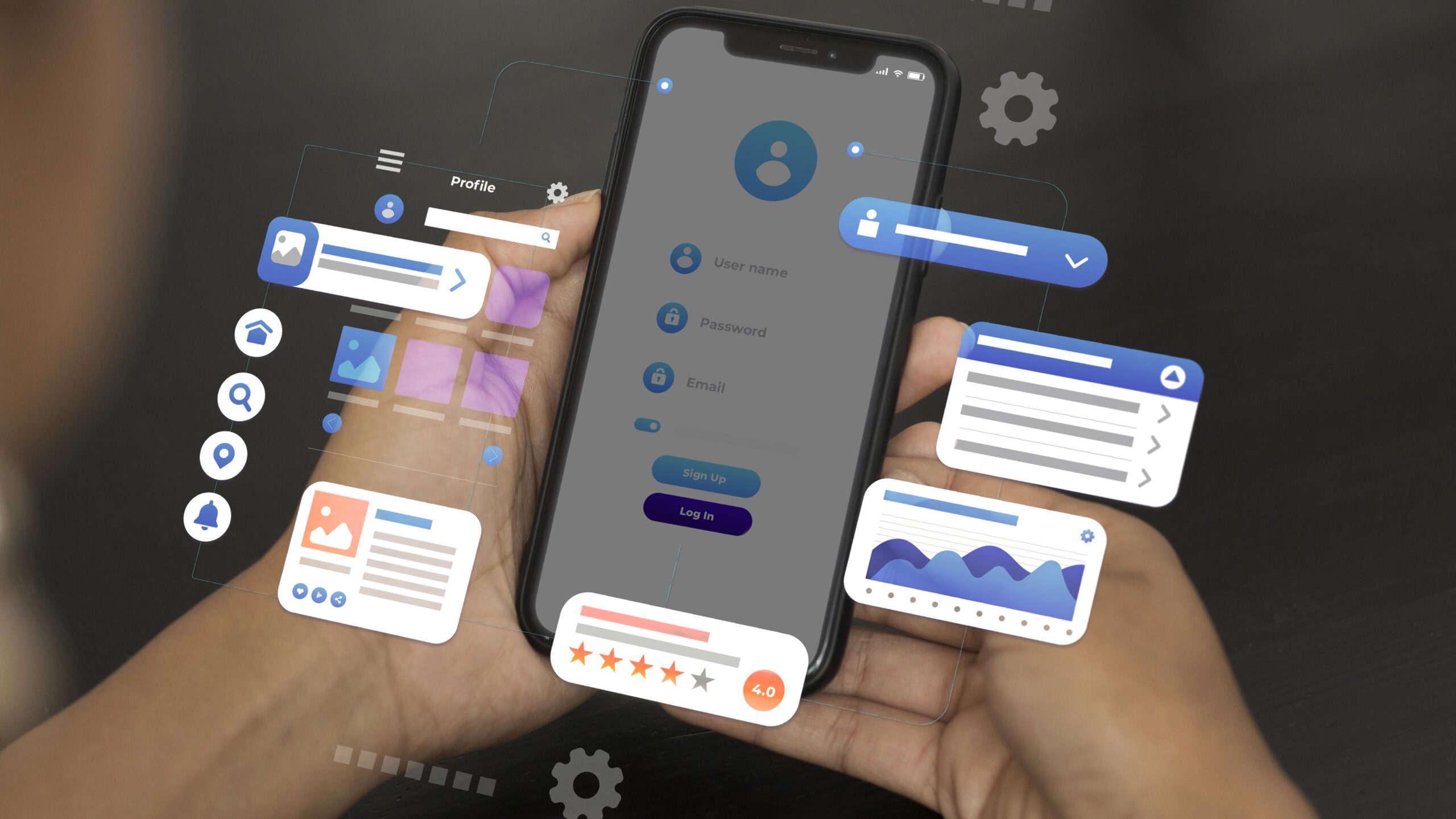As a Shopify store owner navigating the dynamic digital marketing landscape, particularly with challenges posed by Google and Apple restricting browser cookie compatibility, it is crucial to find effective solutions. In addressing these challenges and ensuring precise tracking of user activity, the Facebook Conversions API emerges as a powerful tool. In this post, we’ll guide you through connecting the Facebook Conversions API to your Shopify storefront for enhanced accuracy and insights. If you’re seeking expert assistance in optimizing your digital marketing strategies, consider reaching out to Mobit Solutions, a leading digital marketing agency in the UK, for tailored solutions to elevate your Shopify store’s performance.

Understanding the Need for Conversions API
In a world where the reliability of traditional tracking methods is diminishing, the Conversions API acts as a safety net for your Shopify store. With Google and Apple restricting browser cookie compatibilities, relying solely on pixel tracking may result in degraded accuracy. The Conversions API introduces a server-side tracking method, ensuring your data remains intact and accurate.
Native Integration with Shopify
Shopify store owners have a distinct advantage, thanks to the native integration of the Conversions API within the Facebook App. Although the Facebook pixel has long been a part of Shopify’s toolkit, the ability to activate the Conversions API was introduced in October 2020.
Data Sharing Options in the Facebook App
Within the Facebook App, you’ll find three distinct options for data sharing:
1. Standard: Utilizing the Facebook Pixel, this option collects and shares customer browsing behavior. However, it is susceptible to browser-based ad blockers.
2. Enhanced: Advanced Matching takes center stage here, sharing personal information like name, location, and email, alongside customer browsing behavior. Similar to Standard, it faces challenges from ad blockers.
3. Maximum: The most comprehensive option, Maximum, combines all data-sharing methods. It leverages the Conversions API, ensuring data is sent directly from Shopify’s servers to Facebook, immune to ad blockers.

Step-by-Step Setup Guide
Setting up the Conversions API on Shopify is a straightforward process. Follow these steps:
1. Choose the Facebook Page Shop option and initiate the setup.
2. Connect your Facebook account using an Admin permission account.
3. Connect your Facebook Business Manager, also requiring Admin permission.
4. Link your designated Facebook page to your Shopify store.
5. Configure and activate pixel tracking within the setup wizard.
6. Create or connect a Facebook Commerce Account.
7. Navigate to the Settings page of the Facebook App and access the data sharing tab.
8. Choose the “Maximum” option for comprehensive data sharing.
And there you have it – you’ve now configured the basic version of the Conversions API on Shopify.
Looking to Expand Your Data Collection? We’re Here to Help!
For heightened precision and accuracy in your data tracking, delve into integrating the Facebook Conversions API into your Shopify store. Connect with Mobit Solutions’s experts to ensure meticulous data collection and elevate the overall performance of your Shopify store. Explore tailored solutions from Mobit solutions, a leading provider of Digital Marketing Services in the UK, to enhance your online presence and drive results.
FAQs:
Q1: Why is the Facebook Conversions API necessary for Shopify store owners?
A1: The Conversions API acts as a safety net in the evolving landscape of digital marketing, ensuring accurate tracking of user activity. With limitations imposed by Google and Apple on browser cookie compatibility, the Conversions API provides a server-side tracking method for enhanced accuracy.
Q2: What advantages do Shopify store owners have with the native integration of the Conversions API?
A2: Shopify store owners benefit from the native integration of the Conversions API within the Facebook App. This integration simplifies the process of activating the Conversions API, offering a seamless experience for users.
Q3: How does the Maximum data-sharing option differ from Standard and Enhanced in the Facebook App?
A3: The Maximum option combines all data-sharing methods, utilizing the Conversions API to send data directly from Shopify’s servers to Facebook. This comprehensive approach ensures data is immune to browser-based ad blockers, providing more reliable tracking.
Q4: Is setting up the Conversions API on Shopify a complex process?
A4: No, the setup process is straightforward. Simply follow the step-by-step guide, which includes connecting your Facebook account, configuring pixel tracking, and choosing the “Maximum” option for comprehensive data sharing.
Q5: Can I expand my data collection efforts beyond the basic Conversions API setup?
A5: Absolutely! If you’re looking to enhance and expand your data collection efforts, Mobit solution’s experts can provide tailored solutions to elevate your Shopify store’s performance. Reach out to us today for personalized assistance.



